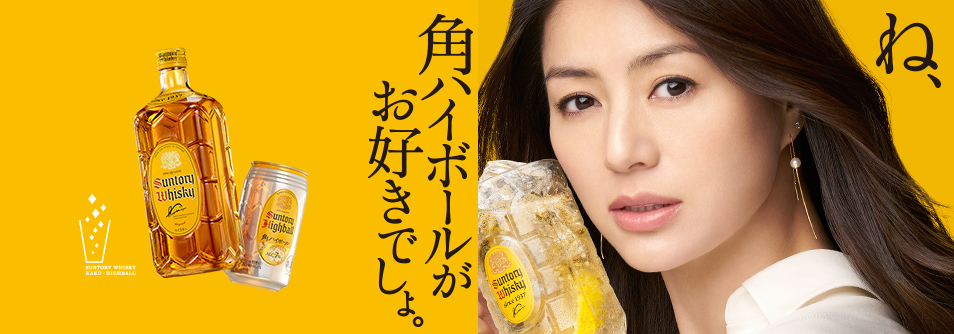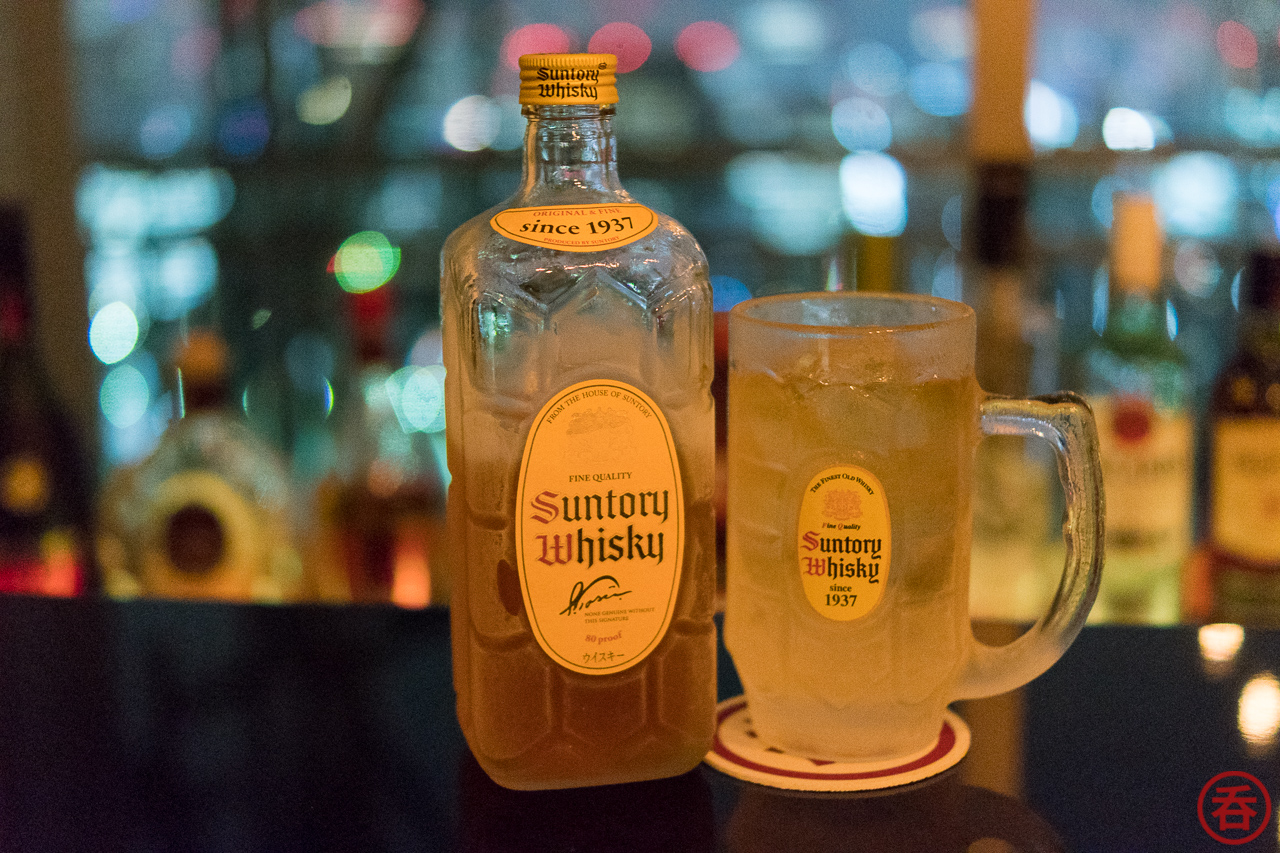As Japanese whisky makers enjoy their time in the worldwide spotlight, more and more people are waking up to the reality that Japanese consumers may also know a thing or two about the ways to drink Japanese whisky. Of course there’s the izakaya staple whisky highball, but if you dig a bit deeper, you’ll discover there are plenty more interesting ways that Japan drinks their country’s whisky.
A common theme you’ll find about all these choices: one way or another, you add water to the whisky! Japan generally has no hang-ups about putting water in whisky. If you want to drink Japanese whisky like a local, I suggest you give these a try.
In this 10-part series, we dive into each different serving style.
First things first! Let’s get the most popular one out of the way: the whisky highball. The whisky highball is now the quintessential Japanese izakaya whisky drink. Its resurgence is one of the major reasons that Japanese whisky hasn’t faded into obscurity, never to be discovered by the world.
Despite all the hubbub about Japanese single malt whiskies, the reality is that the general public still doesn’t drink it. Blended whiskies dominate in terms of volume. In 2015 for example, Suntory Kakubin alone accounted for 50% of domestic whisky sales. And that’s because of highballs!
History of the Whisky Highball
Highballs have been around in Japan since the post-WW2 days, and over the years the drink has seen its ups and downs. Though hard to imagine nowadays, in 2007, consumption of Japanese whisky was only about 1/6th of its previous peak in 1983. Two men at Suntory set out to breathe new life into the market: Tsugihiro Tanaka, head of Suntory’s whisky division, and Takumi Nara, Suntory Kakubin brand manager.
The research they conducted showed that whisky was generally considered to be a strong drink for old men, and not really something you’re meant to drink with a meal. The とりあえずビール (“just give me a beer”) culture of starting with a low-alcohol drink when you sit down for dinner wasn’t really a place for whisky. In fact, their studies revealed that 8% abv was the sweet spot for a first drink. People also want something that’s easy to guzzle, like a beer.
Enter the Suntory Kakubin highball: it has lower abv, and you can chug one if you want. The refreshing cold soda also increases the appetite as the carbonation stimulates the walls of your intestines. This marks the rebirth of the whisky highball. Primarily marketing to izakaya, the two men would go on to drive the success of the “Kakuhai”–served in a mug, like most draft beer in Japan–as a way to get whisky into that key “first drink, with food” market. After merely a year, sales of Kakubin were up by 17%, and nowadays shipments of Kakubin are about 10x where they were before the highball boom. Mission accomplished!
By the way, the whisky highball isn’t actually from Japan. Instead, Thomas Dewar of Dewar’s is generally credited as being the inventor of the drink, all the way back in 1905.
Today’s Whisky Highballs in Japan
These days whisky highballs are everywhere: izakayas, bars, trains, grocery stores, and in cans. Alcohol-free highballs. There was even a highball TV show that ran for six years. It’s not just a drink for when you’re out either — Suntory stresses that the drink is very easy to mix yourself at home, and regularly airs commercials showing you how to make one. If you’re feeling adventurous, you can also try ginger ale or cola highballs. Technically speaking, the word “highball” in English refers to an entire category of drinks. But here in Japan if you ask for a highball, you’ll get a whisky and soda served over ice.
While it’s fine to use any whisky for a highball, it really enhances the aromas of more smokey whiskies. Think an Ardbeg or Laphroaig. Nikka Whisky From The Barrel is another highly recommended whisky for highballs. In Japan though Suntory Kakubin is far and away the most popular choice. Below I follow Suntory’s official recipe. The lemon, by the way, is optional. But I find it does work quite well in a Kakubin highball.
Hi there! I created and run nomunication.jp. I’ve lived in Tokyo since 2008, and I am a certified Shochu Kikisake-shi/Shochu Sommelier (焼酎唎酒師), Cocktail Professor (カクテル検定1級), and I hold Whisky Kentei Levels 3 and JW (ウイスキー検定3級・JW級). I also sit on the Executive Committees for the Tokyo Whisky & Spirits Competition and Japanese Whisky Day. Click here for more details about me and this site. Kampai!


8 Comments